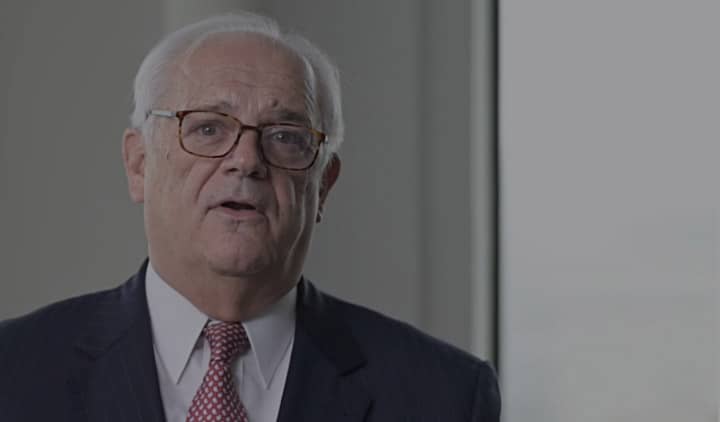The San Francisco Law Firm of Walkup, Melodia, Kelly & Schoenberger has obtained a $8.3 million verdict against Johnson & Johnson in the first DePuy hip implant trial. The product liability attorneys at Walkup successfully demonstrated that the metal-on-metal design of DePuy’s hip implants was defective and caused patient harm.
DePuy’s Hip Implants: Anatomy Of A Defective Medical Device Problem
Nearly 10 years after DePuy Orthopaedics began marketing its infamous ASR hip replacement systems, the first trial is now complete. Thousands of Americans were subjected to painful complications and unnecessary follow-up surgeries because of DePuy’s defective product design. A look back at DePuy’s development process and response to early concerns shows how hard it worked to ignore problems – at an enormous cost to patients.
DePuy Hip Replacement Products Pose Big Risks
DePuy began selling its Articular Surface Replacement systems in 2003. The brand included two products: the ASR XL Acetabular System and the ASR Hip Resurfacing System. The XL Acetabular system consisted of two metal components to replace both parts of the ball-and-socket hip joint. These components are made largely of cobalt and chromium.
To avoid expensive regulatory safeguards, DePuy claimed that the new ASR products were substantially similar to its existing Pinnacle replacement system. This allowed the company to take advantage of a shortcut known as the 510(k) track. Under 510(k) review, companies do not have to conduct extensive clinical trials before marketing a new device.
Early Warning Signs Should Have Alerted DePuy
As early as 2004 and 2005, however, DePuy executives became aware of serious concerns about the ASR. In 2007 the device failed an important internal wear test. Compared with DePuy’s other products, the test showed that the ASR produced unacceptably high levels of metal wear implicating patient safety. This test revealed that the ASR could shed metallic particles into patients’ bodies at a rate 16 times higher than the company’s accepted maximum level. In response, DePuy changed the test requirements and made no changes to the device so that it could give the ASR passing numbers.
Evidence would later show that the company only tested the ASR at one implant angle. However, Depuy knew that surgeons must use a variety of implant angles to account for differences in patients’ bodies – and variations in implant angle can dramatically change the amount of wear produced by a replacement joint. Although this is and was common knowledge in the medical community, DePuy ignored the reality that the device would not perform safely.
Other internal evidence showed that DePuy was aware of additional design problems. An internal groove on the acetabular socket created to facilitate an implanting tool caused grinding between the ball and socket – releasing metal particles and debris.
All of these problems led to a determination the product had to be redesigned.
The Company Ignored Worries To Focus On Sales
From 2005 – 2008 a steady stream of complaints, concerns, questions and premature revision reports were pouring in from doctors around the world. Surgeons reported serious complications and side effects from the ASR, including tissue damage, severe pain, joint loosening and harmful reactions to chromium and cobalt particles. An Australian implant registry concluded that one out of every 13 patients would require follow-up surgery to remove the ASR within just five years of the initial implant procedure.
These warnings came on top of the company’s reports from its own engineers, experts and consultant doctors – most people quietly agreed that the ASR was involved in far too many concerning cases.
Response Was Too Little, Too Late
During this period, DePuy continued to aggressively market the ASR. It ultimately sold 93,000 units worldwide – becoming one of the most successful implant products for a short time. DePuy did nothing to warn patients or surgeons about the consistent complaints it was receiving.
Finally, in late 2009, DePuy responded to the Australian implant registry’s concerns by taking the ASR off the market in that country. Surgeons were still using the ASR in the United States, however, and many more patients received the product after DePuy started to respond to the problems.
DePuy and its parent company, Johnson & Johnson, announced that they were discontinuing the ASR in the United States in early 2010. However, the companies claimed that this decision was the result of business considerations and did not involve patient safety. At the same time, it was beginning to conduct “post mortem” or “after-market” studies that revealed even more concerns. According to DePuy’s internal numbers from this study, the ASR would fail in as many as 37 percent of patients within five years of implant. Compared with other products, this was a shockingly high rate of failure.
DePuy Implant Patients May Be Entitled To Compensation
Now, three years after the recall, patients are still suffering the consequences of DePuy’s defective product. The first of an estimated 10,000 lawsuits has now proceeded to trial and resulted in a jury awarding over $8 million dollars in damages, laying the groundwork for broader compensation for all victims.
Anyone who has suffered from painful complications or an otherwise unnecessary revision surgery because of a DePuy ASR product should contact the law firm of Walkup, Melodia, Kelly & Schoenberger. Our attorneys have deep familiarity with the DePuy cases and have won the first DePuy hip implant case.


